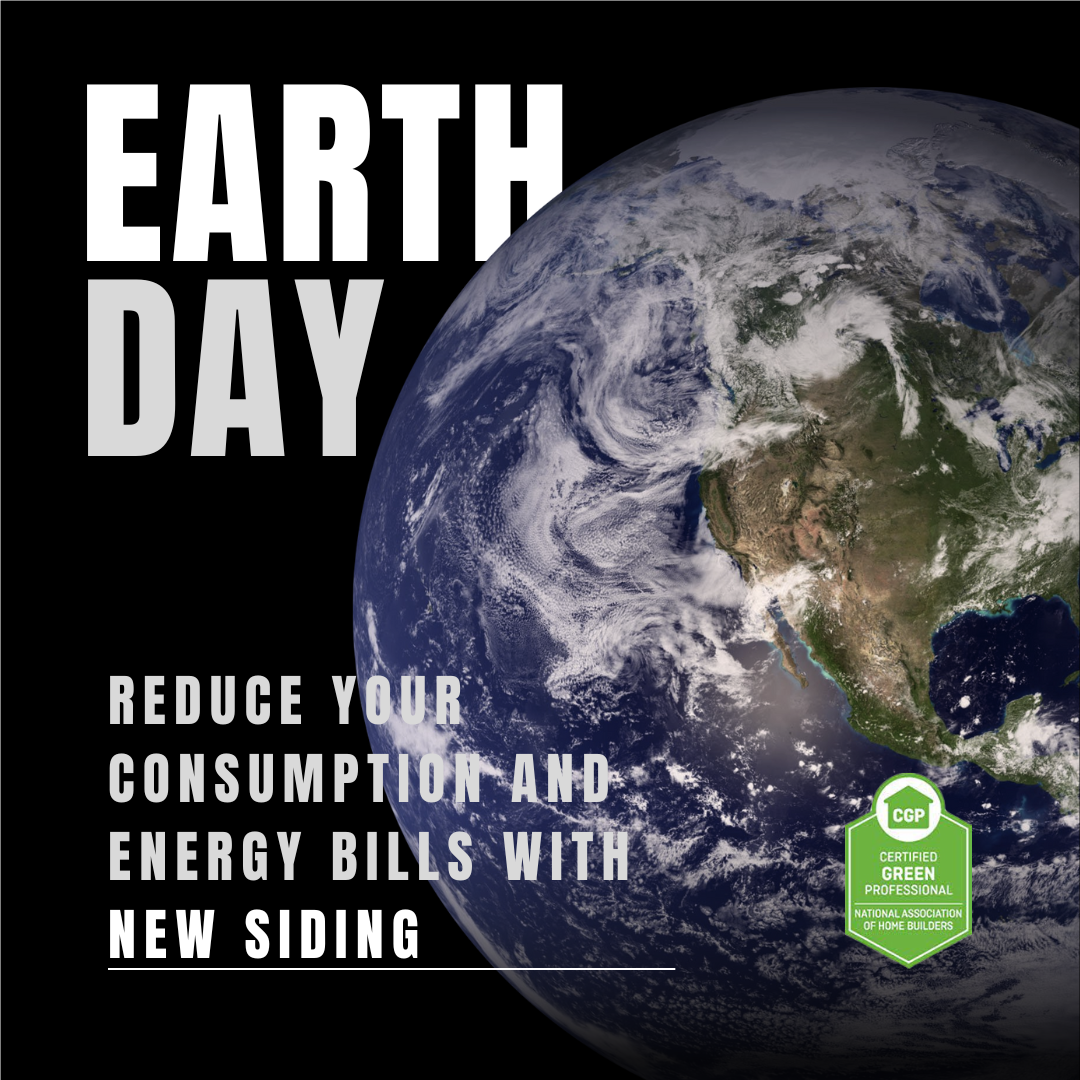
One often-overlooked aspect of home improvement that can have a significant impact on energy savings and environmental sustainability is siding replacement.
Siding serves as the protective layer of your home, shielding it from the elements and helping to regulate indoor temperatures. However, over time, siding can become worn, cracked, or damaged, compromising its effectiveness and leading to energy loss. By replacing your siding with newer, more energy-efficient materials, you can not only enhance the curb appeal of your home but also contribute to energy savings and environmental conservation in several ways.
1. New Siding Options: Many modern siding materials, such as fiber-cement and insulated vinyl, offer superior insulation properties compared to older siding options. Enhanced insulation helps to minimize heat transfer through your walls, reducing the need for heating and cool, and ultimately lowering your energy bills. Cellulose insulation is made of shredded newspaper and has to be chemically treated to be fire retarded. These chemicals deteriorate over time, declining by as much as 28% in the first two years. Fiberglass insulation has been tested to retain its original thermal performance for over 40 years. By upgrading to energy-efficient products, you can create a more comfortable indoor environment while consuming less energy.
2. Owens Corning Total Protection Roofing System: 90% of homes don't meet the current Department of Energy recommendations for insulation. The Total Protection Roofing System helps create a water-proof barrier with synthetic underlayment, help's protect against nature's elements, and allows airflow to reduce heat and moisture buildup that can lead to ice-damming, roof deterioration, and mold infestation. Replacing your roof is the perfect time to inspect and install new insulation.
3. Sustainable Materials: Many modern siding options are manufactured using sustainable materials and production processes. For instance, James Hardie actively works to reduce their footprint by working with suppliers to minimize their raw material usage. They also reduced the distance between facilities to reduce emissions through distribution. Saving water by in the manufacturing process and recycling products to minimize waste are a other ways they work to reduce their global impact. Pacific Exteriors LLC is proud to be recognized by the National Association of Home Builders as a Certified Green Professional.
4. Longevity and Durability: High-quality siding materials are designed to withstand the rigors of weather and time, offering greater durability and longevity compared to traditional options. By investing in durable siding installed by a trusted contractor like Pacific Exteriors, you can reduce the frequency of repairs and replacements, thereby minimizing waste and resource consumption over the lifespan of your home.
Replacing your siding and/or roofing is not just a cosmetic upgrade - it's a green initiative with tangible benefits for both your wallet and the planet. By choosing energy-efficient sustainable materials and investing in quality craftsmanship, you can enhance the efficiency, durability and beauty of your home while reducing your environmental footprint.
Subscribe to Pacific Exteriors LLC's Blog




Comments